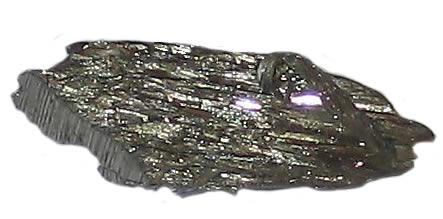The 3D printer may soon be one of the most invaluable machines in the surgical theater. Researchers at the University of Pittsburgh McGowan Institute for Regenerative Medicine have collaborated to create a new technique for repairing damaged bone and tissue. Using a 3D printer they produced a kind of microscopic biodegradable scaffold of an iron and manganese alloy to foster new bone and tissue growth.
Remarkably, a 3D printer is being used to generate print using an alloy, which is customized to remain openly porous, allowing new cell growth to occur within the framework of the scaffold. In addition to printing the iron-manganese scaffold structure, a 3D printer is also used to print scaffolds which promote the formation of cells called pre-osteoblasts. Pre-osteoblasts are the precursors to osteoblasts, the single-nucleus cells that synthesize bone; that is, they are the basis for bone growth and development.
The research team, Prashant Kumta, Howard Kuhn, and Patrick Cantini concluded that the iron-manganese alloy scaffold is superior to that of an exclusively iron one as it approximates the “tensile mechanical properties” of natural bone. When the scaffold is applied to the bone in need of repair, the pre-osteoblasts infiltrate the pores in the structure and work within the bone, thus comprising this groundbreaking reconstruction process. As the healing proceeds, the scaffold is designed to degrade and the iron and manganese contribute to the rebuilding, supplying critical minerals.
CAT scans (computer-aided tomography) determine where the scaffold is best applied to the damaged bone or tissue. Using computer imaging, specialists then design the scaffold, a process which is far superior to previous methods such as bone grafting. With bone grafting, there is always a risk of disease transmission but this technique eliminates that possibility and instead promotes the growth of natural tissue as the body heals without risking infection or otherwise compromising the reconstruction process based on additive manufacturing. Further, the iron-manganese alloy scaffold is far superior to one that would be produced from plastic or ceramic, particularly as it degrades as the repair process is transpiring, rather than remaining in place after it is no longer needed.
The University of Pittsburgh’s dual-department team was recognized for their innovative project, “Additive Manufacturing of Biomedical Devices from Bioresorbale Metallic Alloys for Medical Applications,” by America Makes, the National Additive Manufacturing Innovation Institute. In layman’s terms, of course, “additive manufacturing” is 3D printing. In an effort to foster further growth of the 3D printing industry and to ensure that the United States is a global leader in the industry, Youngstown, Ohio-based America Makes encourages collaboration between non-profit organizations, business, academia, and government agencies. This University of Pittsburgh team is partnering for the next year-and-a-half with the corporations, ExOne, Hoeganaes, and Magnesium Elektron with $590,000 in funding. Discuss this story in the Metal Implant forum thread on 3DPB.com.

Subscribe to Our Email Newsletter
Stay up-to-date on all the latest news from the 3D printing industry and receive information and offers from third party vendors.
You May Also Like
Stratasys Buys Arevo’s Carbon Fiber 3D Printing Assets
In its first major move since the year began, Stratasys Ltd. (Nasdaq: SSYS) has announced the acquisition of Arevo Inc.’s technology portfolio, marking a strategic expansion of its capabilities in...
Everything Must Go? Arevo’s 3D Printing Assets up for Auction
Arevo was among the first startups to develop a method for continuous carbon fiber 3D printing at large scales. With investments from Khosla Ventures and In-Q-Tel, among others, the Silicon...
Flexible Wireless Temperature Sensor Made with 3D Printing
Researchers from the University of Glasgow, University of Southampton, and Loughborough University have developed an innovative flexible temperature sensor utilizing microwaves and 3D printing technology. As detailed in an article...
3D Printing News Briefs, January 6, 2024: Digital Spares, Interbody Implants, Shoes, & More
In today’s 3D Printing News Briefs—the first of the new year!—we’ll start with metal 3D printing and move on to software and digital spares. Then it’s on to medical news...































